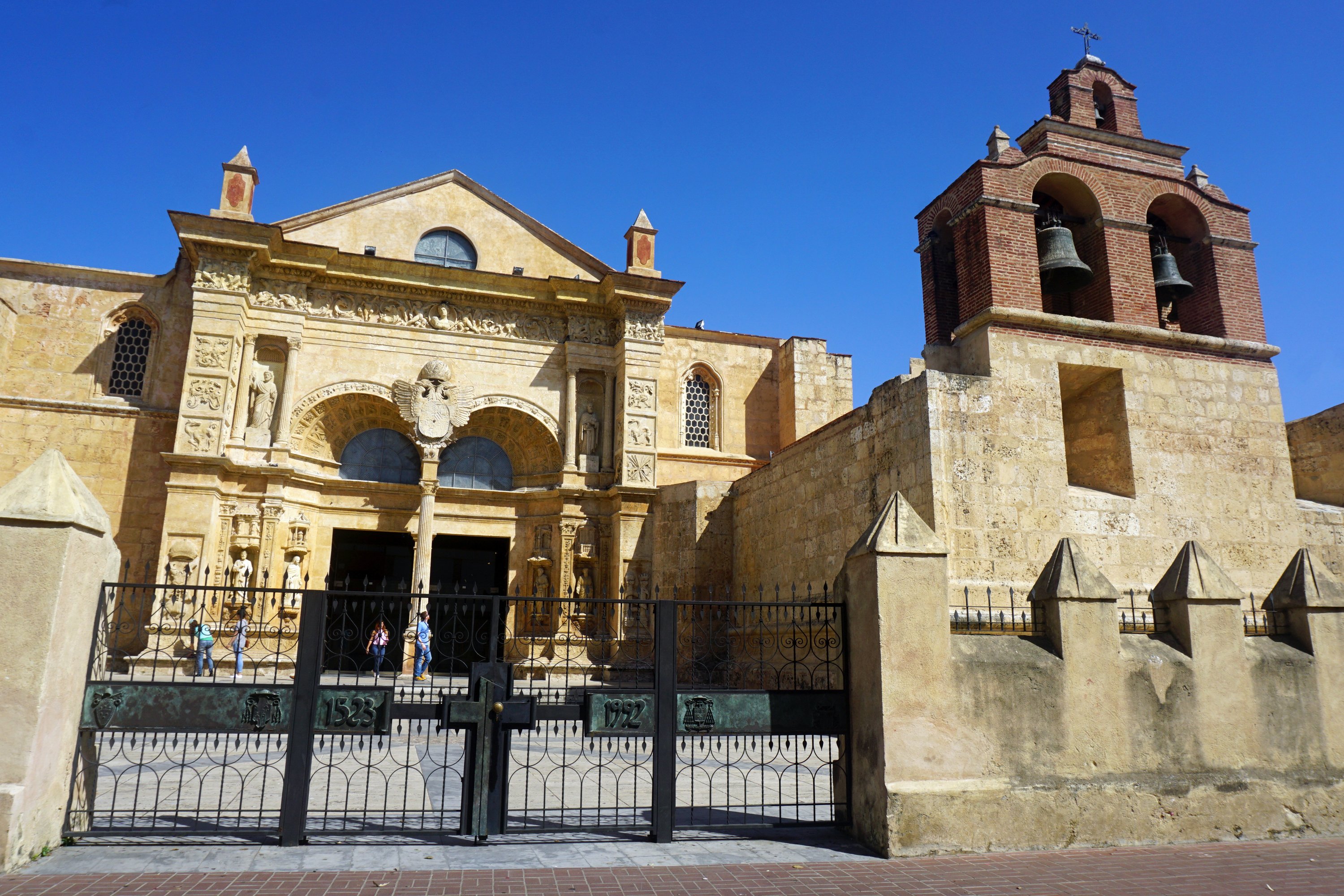🇩🇴map Dominican Republic [Overview]

La República Dominicana, escrita en español tal como la escuchas aquí, comparte la isla de La Hispaniola con Haití in the heart of the Caribbean. Its capital, Santo Domingo, was Spain’s first seat of power in the Americas and still shows off a UNESCO-listed colonial core with sixteenth‑century stone buildings and lively plazas. The country’s population is a little over ten million people, most of whom live in fast-growing urban centers like Santo Domingo and Santiago. A detail that surprises many visitors: the midday meal is the star of the day, often a long sit‑down with family or coworkers built around rice, beans, and stewed meats before everyone heads back to the afternoon rhythm.
Economy
Dominicans work across services, industry, and agriculture, with tourism, free‑trade zone manufacturing, and construction driving a big share of jobs. Sugar, coffee, cocoa, and tropical fruits still matter in the countryside, while coastal cities pulse with hotels, ports, and logistics tied to cruise ships and cargo. You’ll see resources as varied as fertile valleys and beaches supporting agriculture and tourism, plus industrial parks that assemble everything from garments to electronics for export. The country is closely tied to regional and global markets through seaports, international airports, and trade links, and it engages with organizations across the Americas; these ties help keep the flow of goods, travelers, and investment steady.
Culture
Spanish is the dominant language, and everyday conversation blends island expressions with a warm, direct tone that makes newcomers feel welcome. The population is largely of mixed African and European ancestry, with communities that also reflect Indigenous Taíno heritage and migration from across the Caribbean. History here stretches from Taíno villages to a pivotal Spanish colonial era, then independence in 1844 after decades of shifting control—today you can read much of that story in the streets and plazas of the Zona Colonial. People take pride in music and dance—merengue and bachata spill out of colmados and car stereos—and food culture centers on la bandera (white rice, red beans, stewed meat) and sancocho shared at long family tables. Most Dominicans are Christian, predominantly Roman Catholic, with growing Protestant communities and a lively calendar of civic and religious celebrations. Expect big national moments around Independence Day on 27 February, festive parades during Carnival season, and family‑focused holidays at Christmas and Easter when whole neighborhoods slow down to celebrate.
Maria
Maria is a bilingual travel writer and immigration consultant originally from Mexico City, with extensive
experience living and working across Latin America. She spent her early career as a journalist covering
cross-border migration and expatriate communities throughout Central and South America. Having personally
navigated complex visa processes in multiple countries including the United States and Spain,
Maria understands firsthand the challenges faced by Latin American professionals seeking international
opportunities.
Published: 2025-07-14